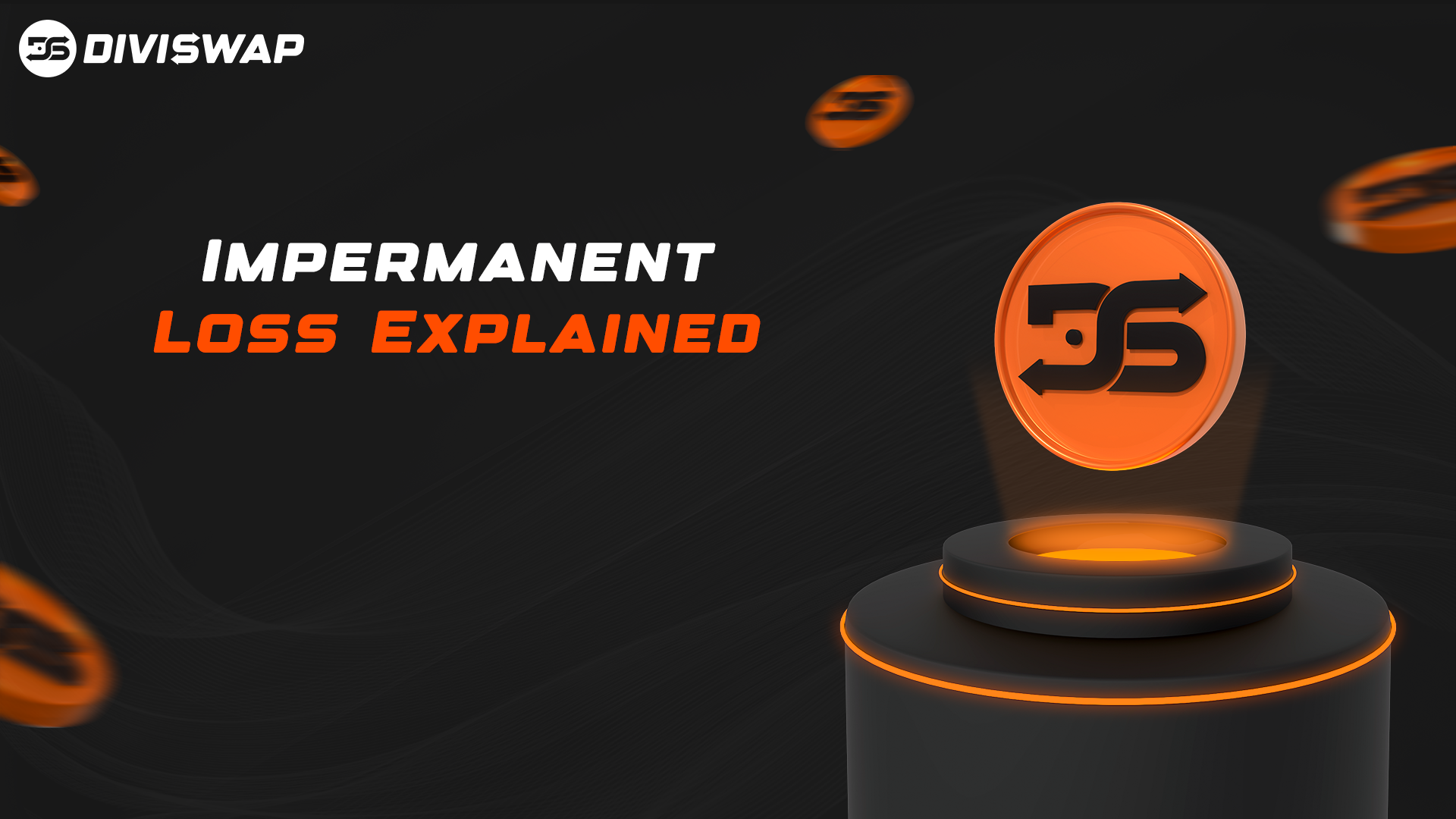Impermanent Loss Explained
Understanding the risks of providing liquidity to DEXs.

What is Impermanent Loss?
Impermanent loss is one of the most important concepts to understand when providing liquidity to decentralized exchanges (DEXs). It refers to the temporary loss of funds experienced by liquidity providers due to price volatility between the paired assets in a liquidity pool.
Important Concept
How Liquidity Pools Work
Before diving deeper into impermanent loss, it's important to understand how liquidity pools function:
- Liquidity pools are smart contracts that hold pairs of tokens to facilitate trading
- Most DEXs use an Automated Market Maker (AMM) model
- The core principle is maintaining a constant product formula: x * y = k, where x and y are the quantities of the two tokens, and k is a constant
- This formula ensures that as one token is bought (decreasing its supply in the pool), its price increases relative to the other token

Comparison between AMM model and traditional order book exchanges.
How AMMs Determine Prices
In the constant product formula (x * y = k):
- x is the quantity of token X in the pool
- y is the quantity of token Y in the pool
- k is a constant that must remain the same before and after a trade
When you trade token X for token Y, you add some amount of X to the pool and remove some amount of Y. The formula ensures that as you buy more of a token, its price increases, following the supply and demand principle.
Slippage in AMMs
Because the price changes with each trade, the final execution price might differ from the quoted price, especially for large trades. This difference is called "slippage." DEXs allow users to set a maximum slippage tolerance to protect against unexpected price movements.
Understanding Impermanent Loss with an Example
Let's walk through a simplified example to understand how impermanent loss occurs:
Initial Scenario
Imagine you provide liquidity to an ETH/USDC pool:
- You deposit 1 ETH and 2,000 USDC (assuming 1 ETH = $2,000)
- The pool now has a 50/50 value split between ETH and USDC
- The constant product (k) is 1 * 2,000 = 2,000
Price Change Scenario
Now, let's say the price of ETH doubles to $4,000 in external markets. Arbitrageurs will take advantage of this price difference:
- They will buy ETH from the pool, adding USDC and removing ETH
- This continues until the pool price matches the external market price
- Due to the constant product formula, the new quantities will be approximately 0.707 ETH and 2,828 USDC
- The constant product is maintained: 0.707 * 2,828 ≈ 2,000
Calculating the Impermanent Loss
Now, let's compare two scenarios:
Scenario 1: Holding Assets
If you had simply held your assets:
- 1 ETH = $4,000
- 2,000 USDC = $2,000
- Total value: $6,000
Scenario 2: Providing Liquidity
As a liquidity provider, you own:
- 0.707 ETH = $2,828
- 2,828 USDC = $2,828
- Total value: $5,656
The difference between these scenarios ($6,000 - $5,656 = $344) is the impermanent loss. In this case, it's approximately 5.7% of your portfolio value.
Visualizing Impermanent Loss
The following chart shows how impermanent loss increases with price divergence:

Impermanent loss increases as the price ratio between the paired assets changes.
Key observations from the chart:
- A 1.5x price change results in a ~2% impermanent loss
- A 2x price change results in a ~5.7% impermanent loss
- A 3x price change results in a ~13.4% impermanent loss
- A 4x price change results in a ~20% impermanent loss
- A 5x price change results in a ~25% impermanent loss
Factors Affecting Impermanent Loss
1. Price Volatility
The greater the price change between the paired assets, the higher the impermanent loss. Highly volatile pairs experience more significant impermanent loss.
2. Pool Composition
Different types of pools experience different levels of impermanent loss:
- Stablecoin pairs (e.g., USDC/USDT): Minimal impermanent loss due to price stability
- Correlated asset pairs (e.g., WBTC/ETH): Moderate impermanent loss as they often move in similar directions
- Uncorrelated asset pairs (e.g., ETH/USDC): Highest risk of impermanent loss
3. Time in the Pool
The longer you provide liquidity, the more exposure you have to price fluctuations and potential impermanent loss.
Mitigating Impermanent Loss
1. Choose Stable or Correlated Pairs
Providing liquidity to stablecoin pairs or assets that tend to move together in price can reduce impermanent loss risk.
2. Consider Concentrated Liquidity
Some DEXs offer concentrated liquidity features that allow you to provide liquidity within specific price ranges, potentially reducing impermanent loss.
3. Evaluate Trading Fees vs. Impermanent Loss
In high-volume pools, the trading fees you earn may offset or exceed the impermanent loss. Calculate the break-even point for your specific situation.
4. Use Impermanent Loss Protection
Some protocols offer impermanent loss protection mechanisms, often by gradually vesting insurance over time.
Is Providing Liquidity Worth It?
Despite the risk of impermanent loss, providing liquidity can still be profitable due to:
- Trading fees: You earn a portion of the fees generated by trades in the pool
- Liquidity mining rewards: Some protocols offer additional token rewards to liquidity providers
- Yield farming opportunities: LP tokens can often be staked for additional yields
Strategic Approach
Conclusion
Impermanent loss is an inherent risk of providing liquidity to AMM-based DEXs. While it can significantly impact returns, especially in volatile markets, it shouldn't necessarily deter you from becoming a liquidity provider. By understanding how it works and implementing strategies to mitigate it, you can make more informed decisions about your DeFi investments.
Remember that impermanent loss is just one factor to consider in your overall DeFi strategy. Trading fees, rewards, and other benefits may outweigh the potential losses, especially in high-volume pools or those with attractive incentive programs.
Ready to Learn More?
Continue your DeFi education with these related articles:
